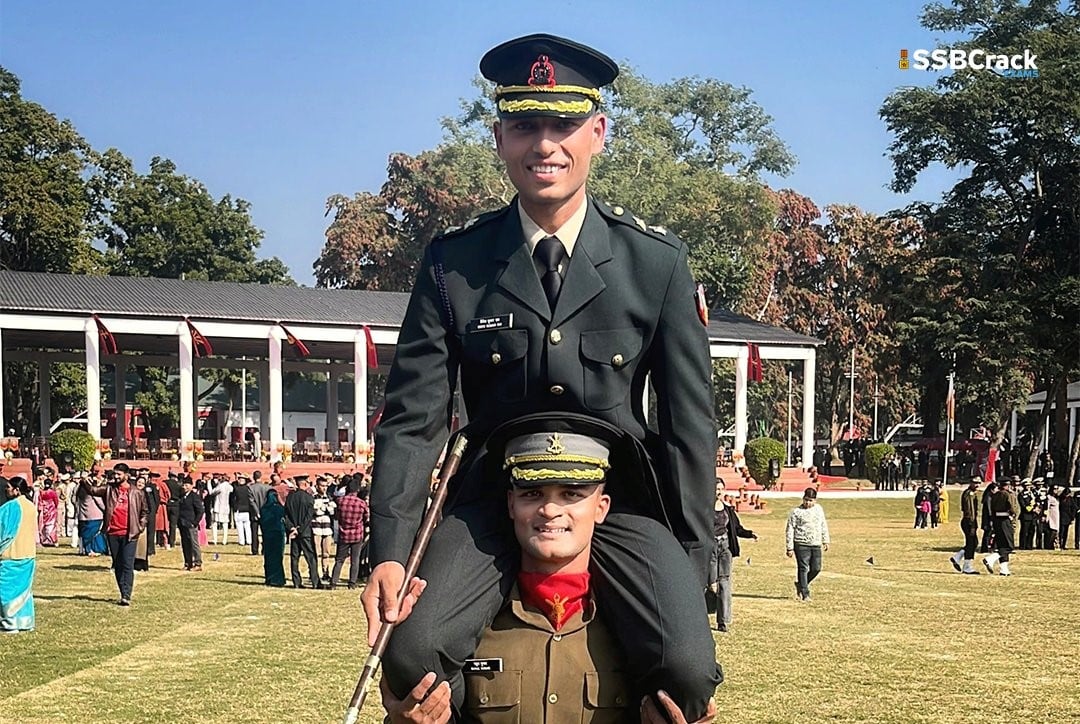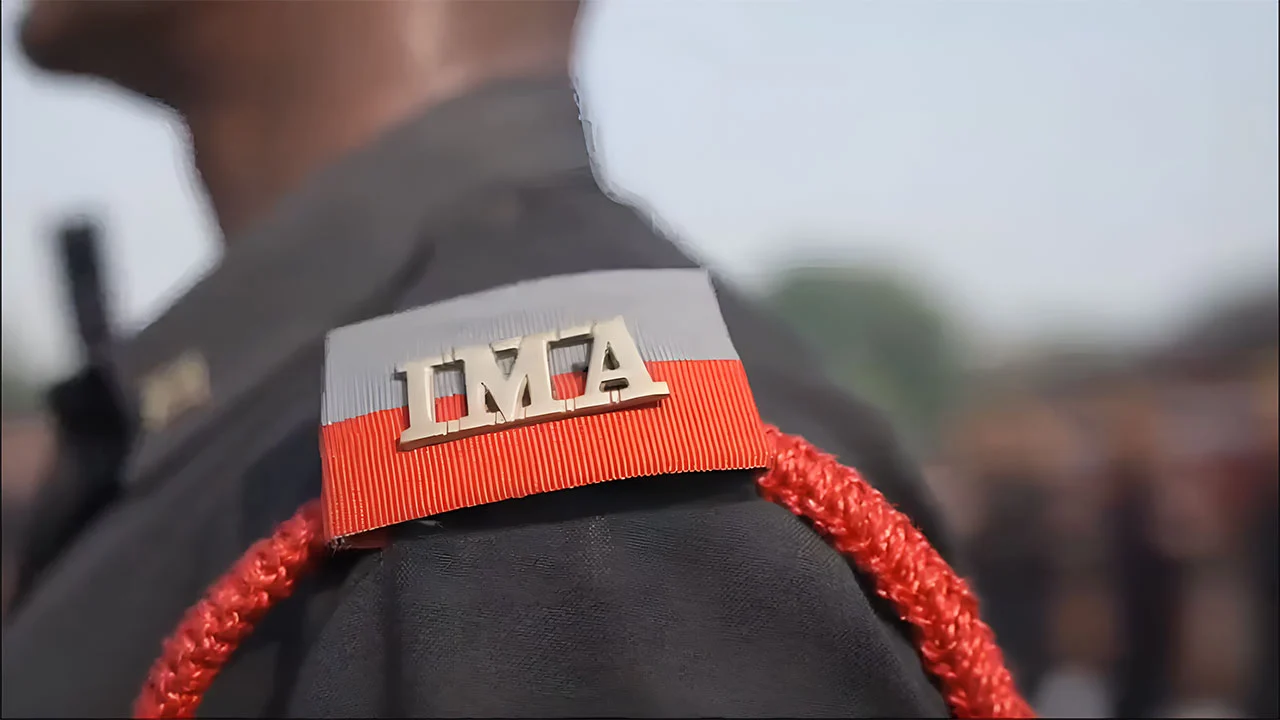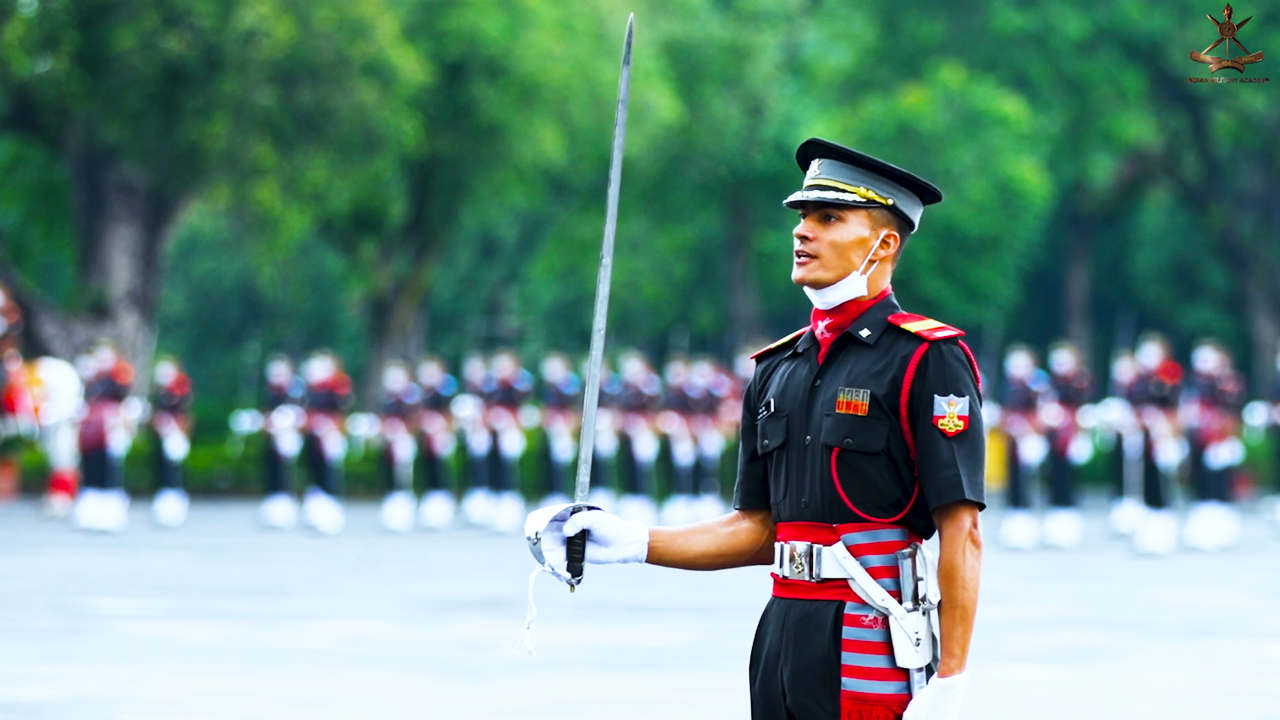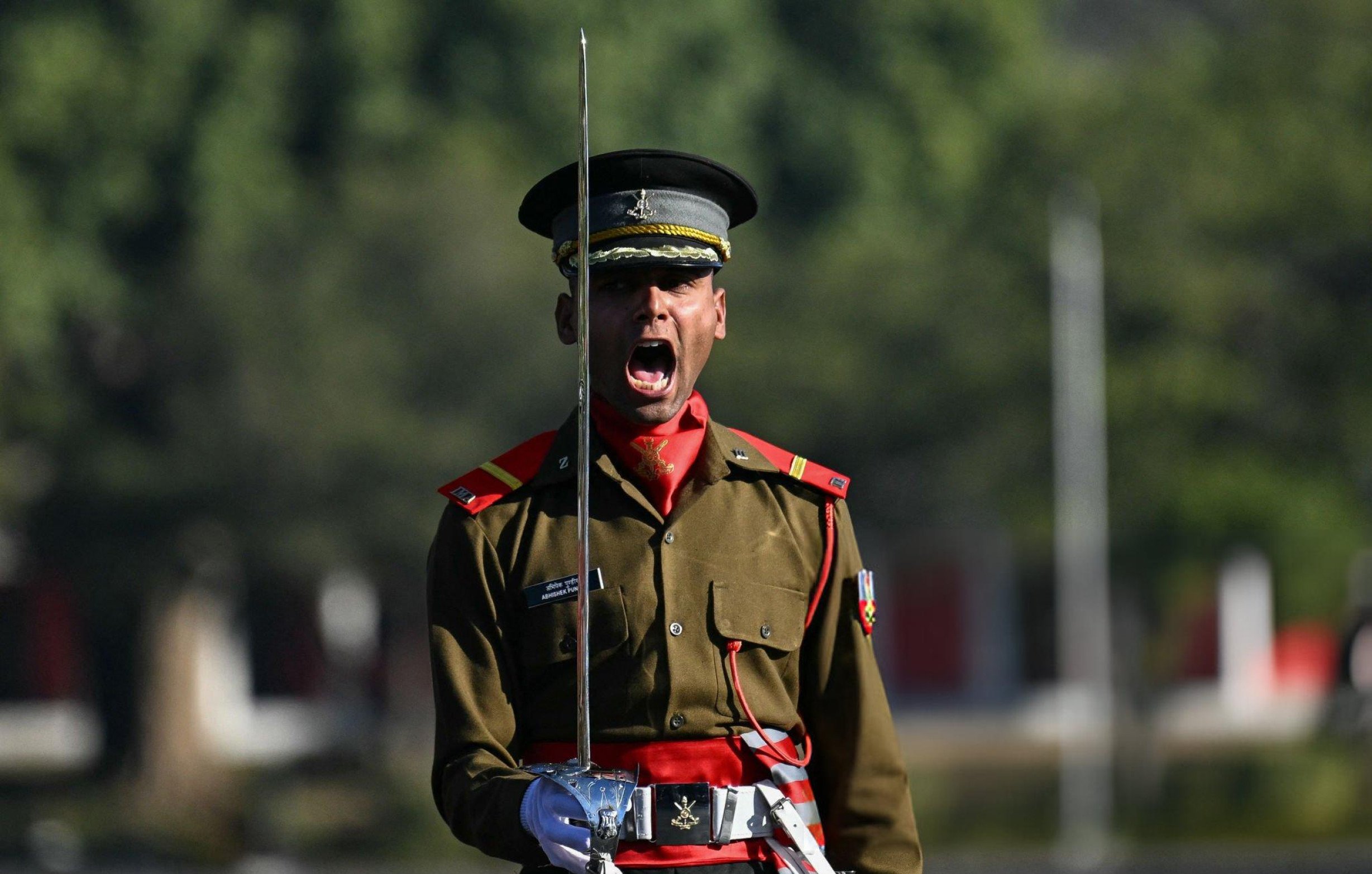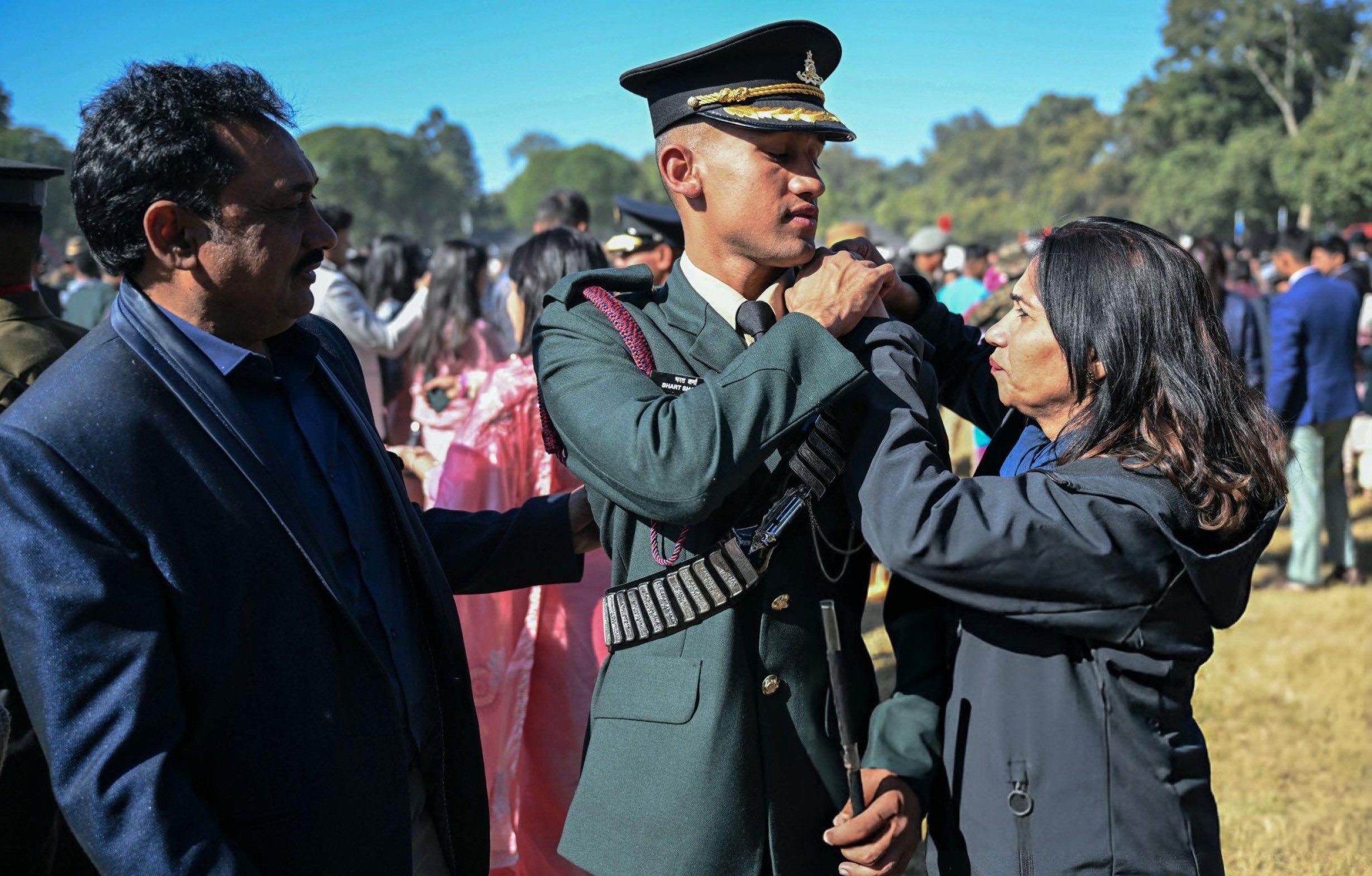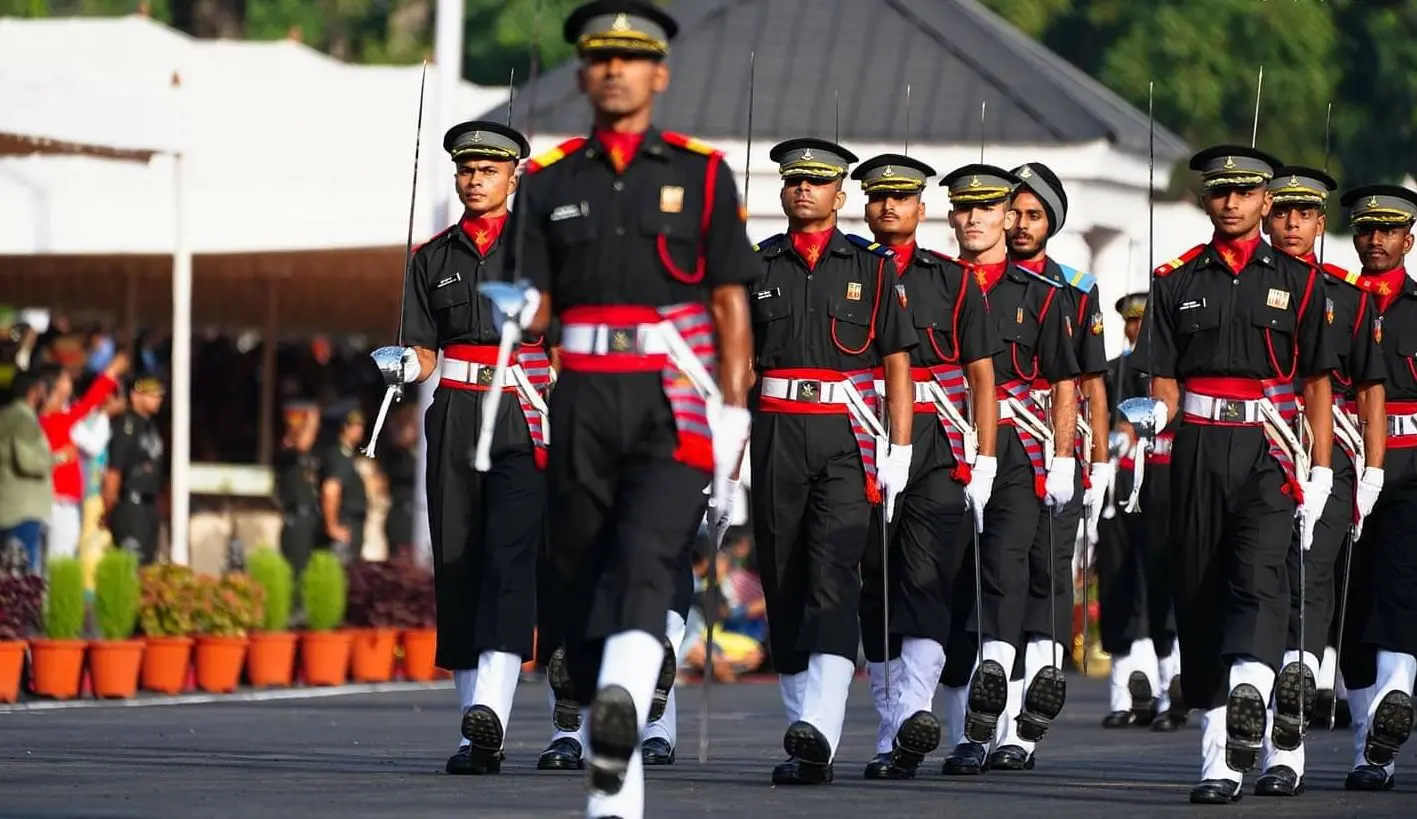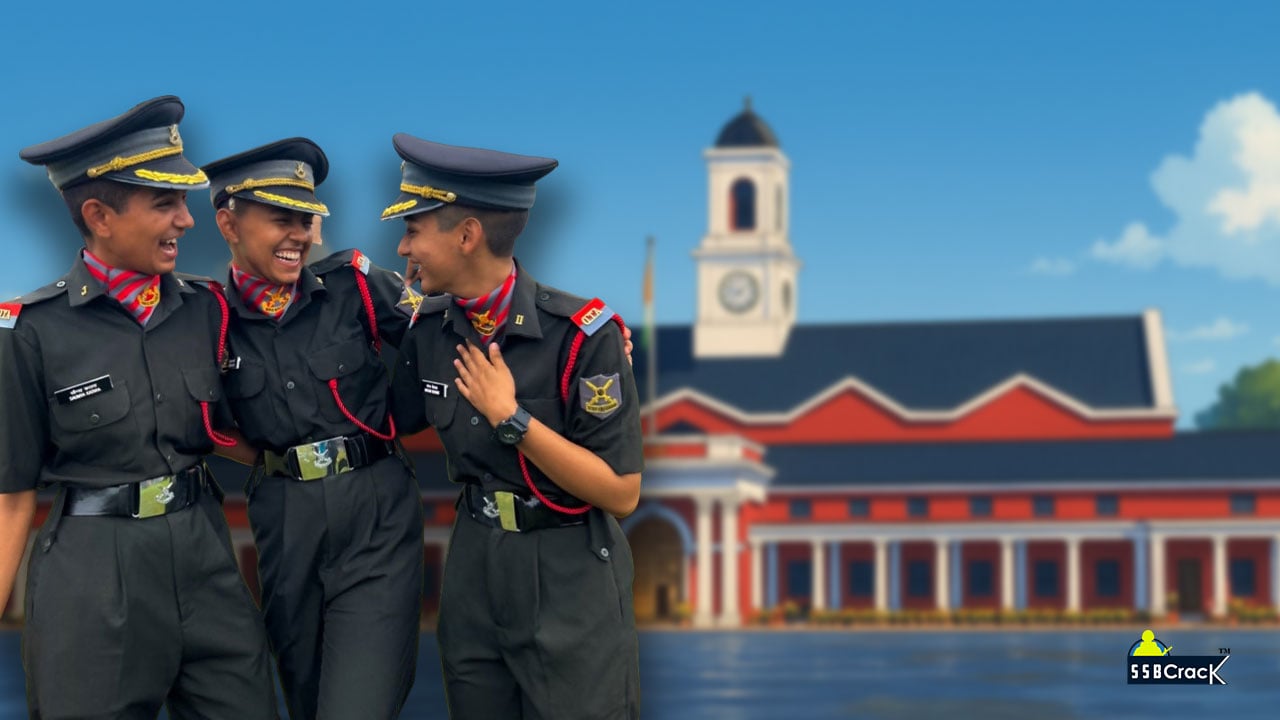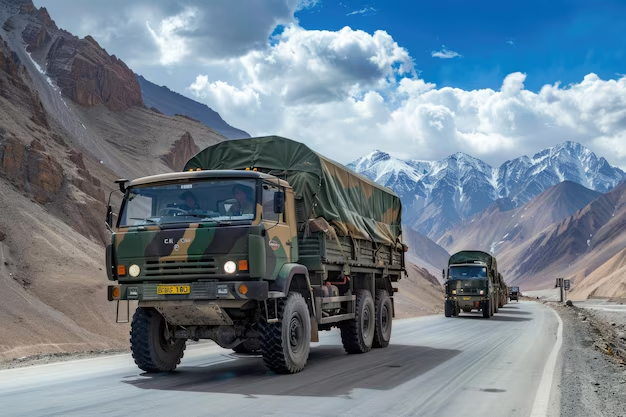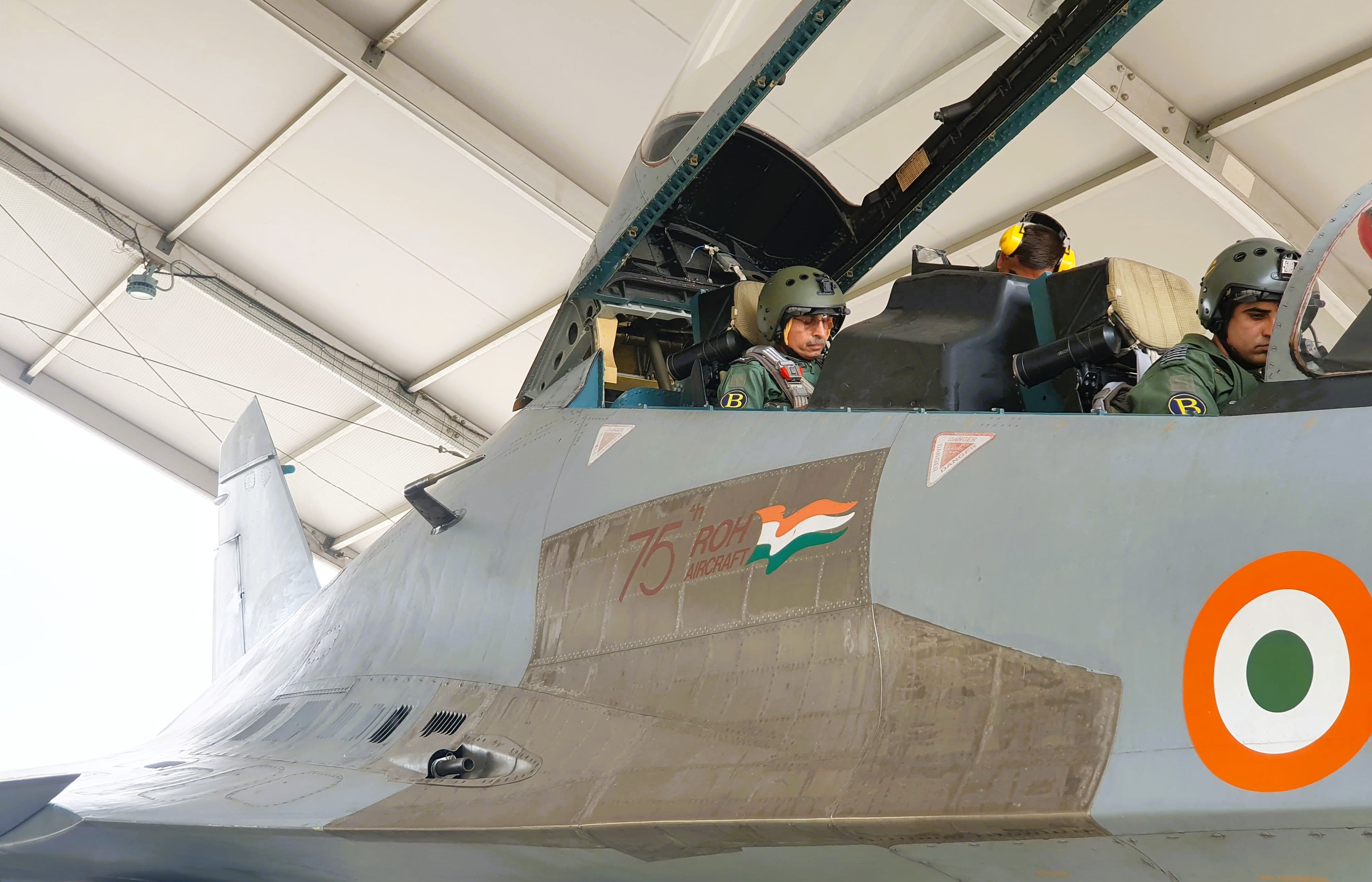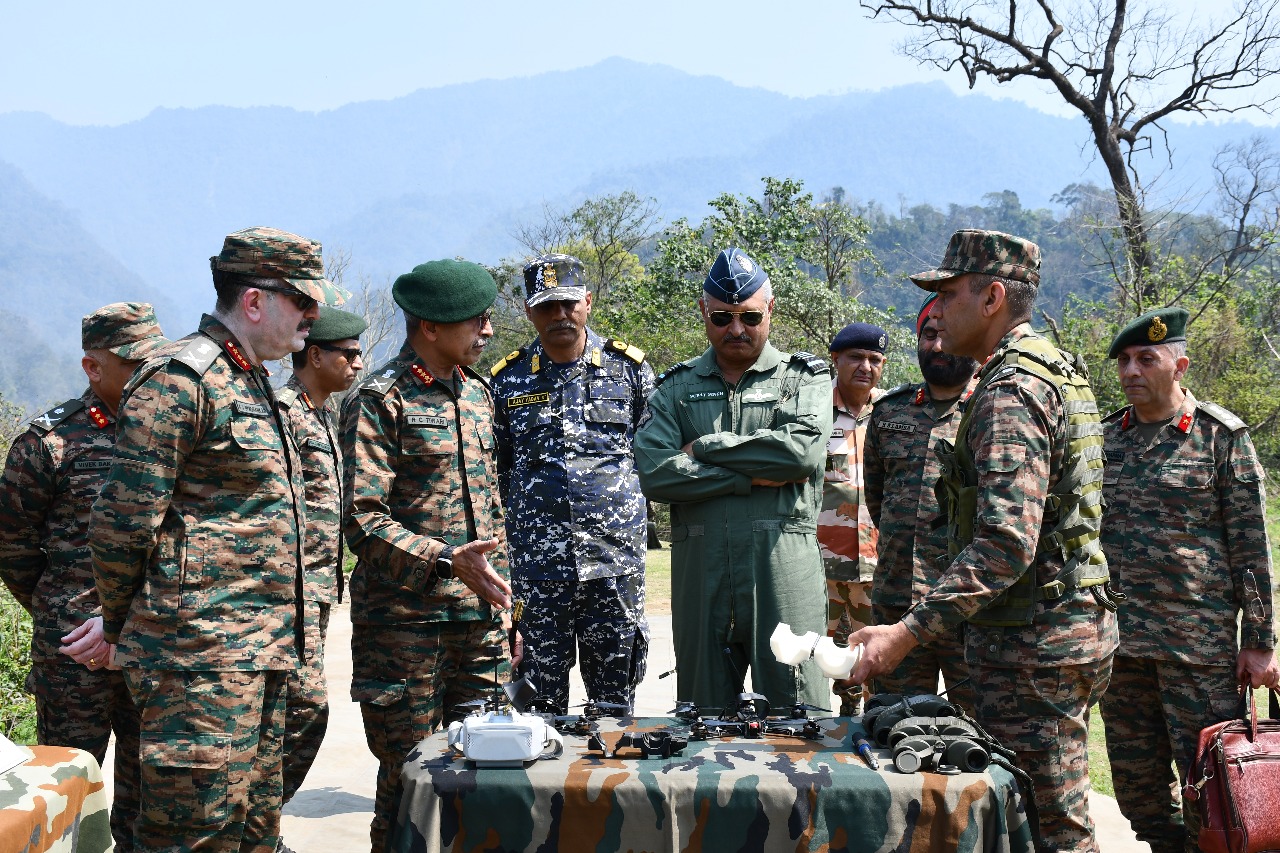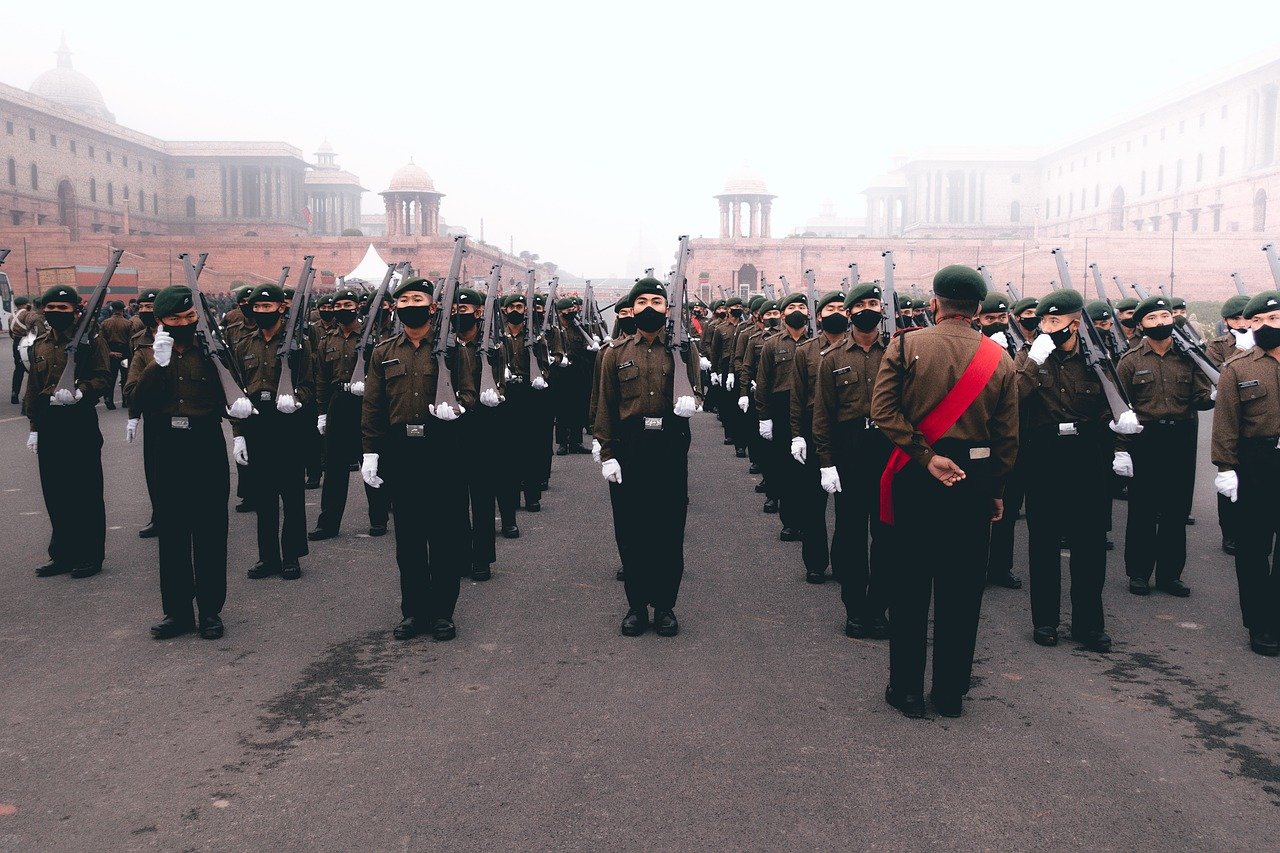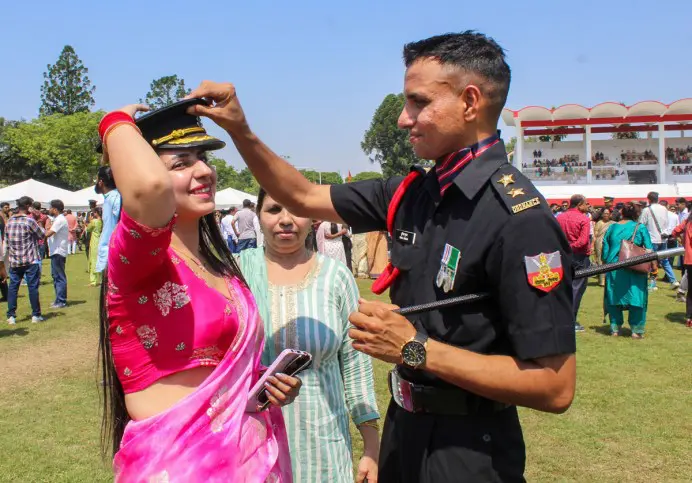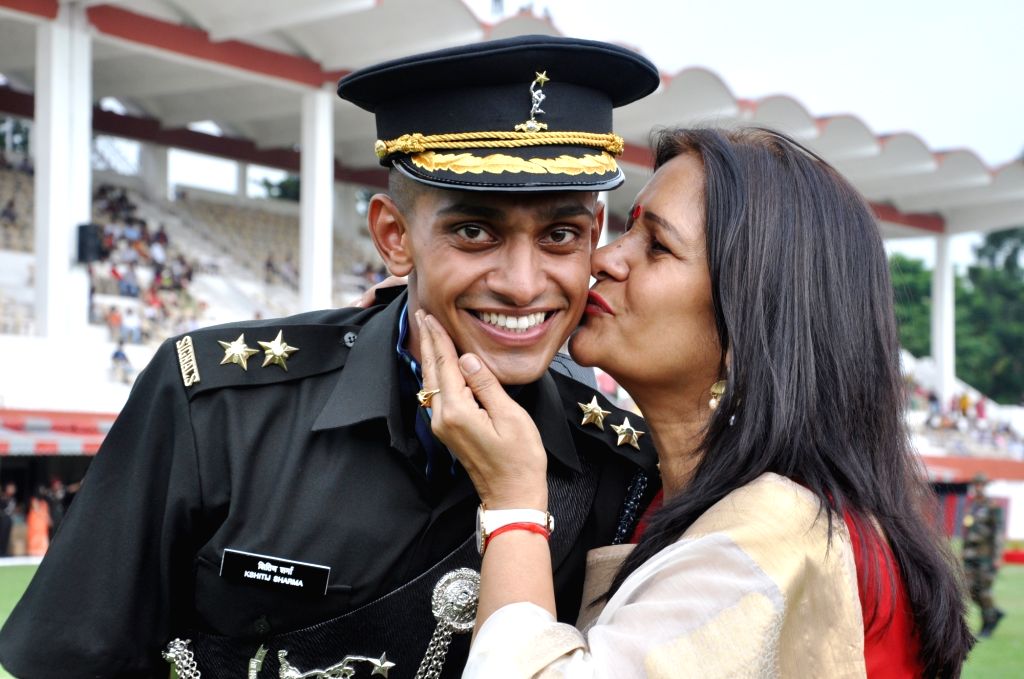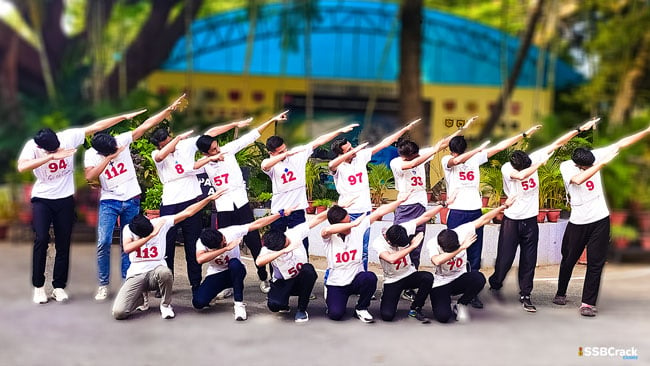The relationship between overstudy and understudy at the Indian Military Academy (IMA) is a unique and integral aspect of the training regimen, fostering a bond that goes beyond mere academic learning. It is a system designed to cultivate leadership, responsibility, and camaraderie among the cadets.
An overstudy in the IMA context is a senior cadet who is assigned the role of a mentor to an understudy, who is typically a junior cadet. This relationship is not just about imparting academic knowledge or tactical skills; it is deeply rooted in the ethos of nurturing and guidance.
The overstudy is responsible for the overall development of the understudy, helping them navigate the rigorous demands of military training and the challenges of adapting to life at the academy.
This bond is beautiful in its essence because it mirrors the hierarchical yet familial structure of the military. The overstudy acts as a role model, exemplifying the qualities of leadership, discipline, and integrity that are core to military life. They are often seen as a guiding light, offering support and advice not just in academic or training aspects but also in personal and emotional matters.
For the understudy, this relationship is a gateway to understanding the nuances of military life and the responsibilities that come with it. They learn not only from the teachings but also from observing the conduct and attitude of their overstudy. It’s a relationship that instills confidence, builds character, and fosters a sense of belonging and loyalty to the institution and, eventually, to the nation.
The bond is further strengthened by the shared experiences of the rigorous training, the challenges faced, and the triumphs achieved together. This creates a deep-seated sense of brotherhood and mutual respect, which often extends beyond their time at the academy and into their professional military careers.
The overstudy-understudy system at the Indian Military Academy thus serves as a microcosm of the larger military ethos, where senior officers are seen as mentors and role models for their juniors. It is a beautiful and effective way of preparing young cadets for the challenges of military life, embedding in them the values of leadership, responsibility, and mutual respect that are essential in the defense forces.

